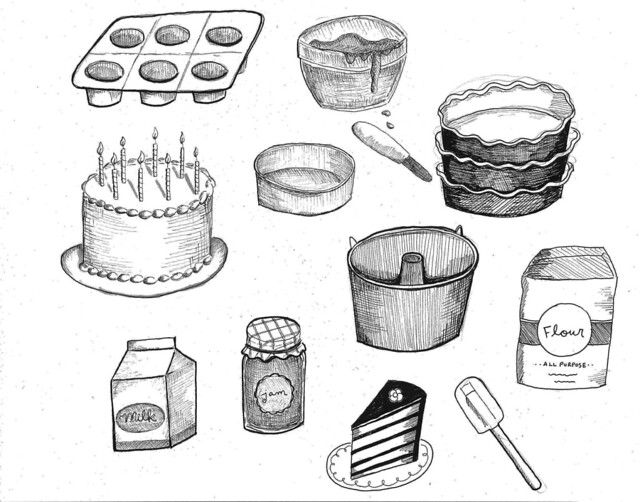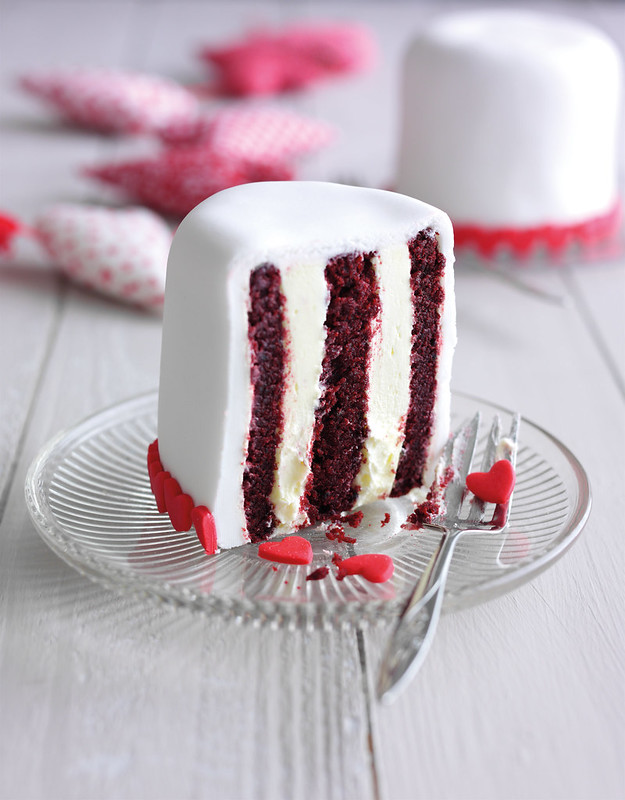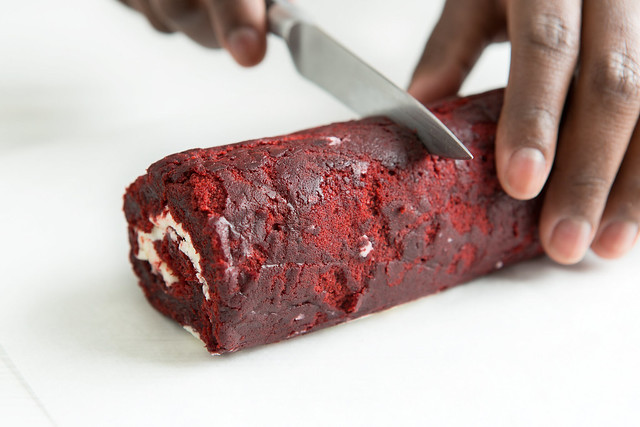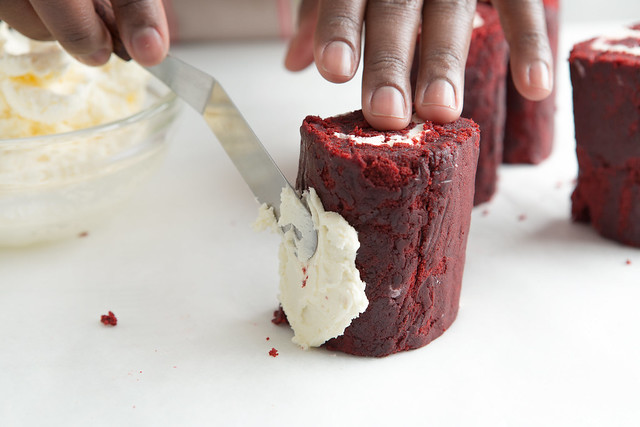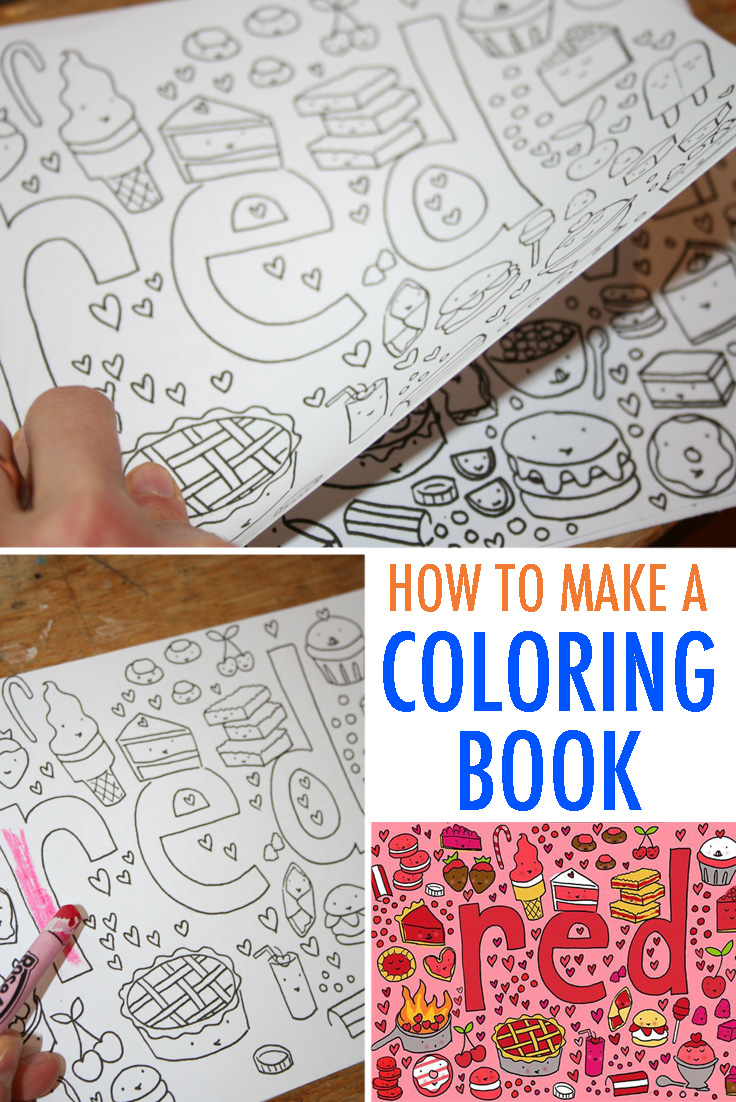CakeSpy Note: I thought it was about time to share this excerpt from my awesome book, The Secret Lives of Baked Goods. If you find the witty repartee engaging and the dessert tantalizing, well then, maybe you should buy the book.
The Story of Baked Alaska
It wouldn’t be so crazy to assume that this dramatic dessert, characterized by a chilly core of ice cream with a thick coating of snowdrift-like meringue, hails from Alaska. But, alas, you’d be wrong. Baked Alaska may take its name from the Last Frontier, but it was born many miles away and many years prior to the state’s annexation.
The idea of cooking a cold dessert encased with pastry is documented as early as the 1700s in China. At that time, the desserts would have borne little resemblance to what we call Baked Alaska today—they would have been more like frozen ices or creams coated in breadcrumbs. However, when Chinese delegates introduced such treats to the French, the concept excited pastry chefs, who adapted it in a most delightful sugar-, cream-, and egg-filled way. America’s first famous Francophile, Thomas Jefferson, may have served something along these lines as early as 1802.
But it’s an eccentric genius named Count Rumford (born Benjamin Thompson) to whom we owe a big, sweet thanks when it comes to further developing this showy dessert—he’s the one credited with introducing the meringue coating in the 1800s. Rumford was an interesting fellow—he was an American physicist living in Europe (and a former spy, to boot). Apparently in his free time he tinkered with food science—and while experimenting with dessert techniques, he realized that while pastry would conduct a lot of the heat and protect a cold core, a layer of meringue would do so to an even greater degree. He created a dessert that he called “omelette surprise,” which was also dubbed omelette à la norvégienne or “Norwegian omelette,” in reference to its snowy appearance.
The dessert’s popularity caught on during the Victorian era, and these elaborate confections, often called bombes, were made in various fancy shapes.
In 1876, the dessert made a stateside splash at Delmonico’s Restaurant in New York City, where Charles Ranhofer prepared it to celebrate the newly acquired Alaska Territory. Originally dubbed the “Alaska-Florida” (inspired by the cold-hot duality of the dessert), the name was eventually shortened to Baked Alaska. It became known as a dessert for
the privileged, and was popularized in well-heeled destinations as far away as Monte Carlo.
After the blown-out bluster of the Victorian era and the dull austerity of the Depression and war years, the dessert enjoyed a renaissance in the 1950s, when Alaska was granted statehood. It was quite the popular hostess dessert and piece de resistance throughout the ’60s. One flamboyant variation called Bombe Alaska calls for dark rum to be splashed over the Baked Alaska. Lights are then turned down and the whole dessert is flambéed while being served! Exercise caution if you decide to try this at home.
Baked Alaska
Makes one 9-inch dome (12 servings)
- 10 cups (5 pint-size contain- ers) ice cream, slightly softened (all one flavor, or several flavors)
- Brownie Base (recipe follows)
- 6 cups Meringue Coating (recipe follows)
Procedure
To make the ice cream dome, place a 3-quart mixing bowl (with a diameter of about 9 inches) in the freezer to chill. Line it with plastic wrap. Fill the bowl with ice cream; smooth and level the top surface. Cover the surface with plastic wrap and freeze until the ice cream is very hard, at least 4 hours, or up to 24 hours. Note: To make miniature Baked Alaskas, you can split the ice cream between multiple small domed bowls (with diameters of about 3 inches).
Set the brownie layer out on a large, flat, ovenproof plate. Unmold the ice cream dome on top of the brownie layer, but leave the plastic wrap on top. Trim any bottom edges of the brownie layer to make it flush with the ice cream. Place this big, cold blob into the freezer.
Make the meringue cover, then take the ice cream dome from the freezer and remove the plastic wrap. Spread the meringue onto the ice cream dome, covering it completely. Use the back of a spoon to flick and pull little peaks up from the surface (for a nubbly texture when it bakes). Freeze for at least 3 hours, or overnight.
Near the time you’d like to serve your Baked Alaska, heat the oven to 500 degrees F, making sure there’s enough clearance to fit the dessert. When the oven is at temperature, remove the assembled bombe from the freezer, set it on a parchment-lined baking sheet, and put it into the oven. Bake for 3 to 5 minutes, rotating the dome once or twice, until the peaks turn a golden brown color. Let the cake stand at room temperature for about 15 minutes before serving (this will ensure that you’ll be able to slice through it without the crust getting all gooey and oozey). Slice and serve; freeze any leftovers for up to 5 days.
Brownie base
(note: you can use whatever brownie recipe you like, baked in a 9-inch cake pan)
- 1 cup (2 sticks) unsalted butter
- 8 ounces bittersweet chocolate, chopped (about 1 cup)
- 1 cup all-purpose flour
- 1⁄2 teaspoon baking powder
- 1⁄2 teaspoon salt
- 4 large eggs
- 2 cups sugar
- 2 teaspoons vanilla extract
- Heat the oven to 350 degrees F. Grease and flour the bottom and sides of a 9-inch round cake pan; line the bottom of the pan with parchment paper.
- Heat the butter and chocolate over low heat, using either a small, heavy-bottomed saucepan or a double boiler. Stir occasionally until melted. Set aside to cool.
- In a medium bowl, whisk the flour, baking powder, and salt until combined. Set aside.
- In a large bowl, whisk the eggs, sugar, and vanilla until well combined. Add the slightly warm chocolate mixture to the eggs and whisk to combine. Add the flour mixture and stir with a wooden spoon until just combined. Spoon the batter into the prepared cake pan; use an offset or rubber spatula to smooth and level the batter.
- Bake for 45 to 55 minutes, or until a toothpick inserted into the center comes out mostly clean. Set the pan on a wire rack until the brownie layer is completely cool.
Meringue coating
Using a stand mixer with a clean, dry bowl and fitted with the whisk attachment, whip the egg whites, cream of tartar, and salt on medium-high speed until the whites form soft peaks. Increase the speed to high and add the sugar in a slow stream, continuing to whip until stiff, shiny peaks form.
Have you ever tried Baked Alaska?















































